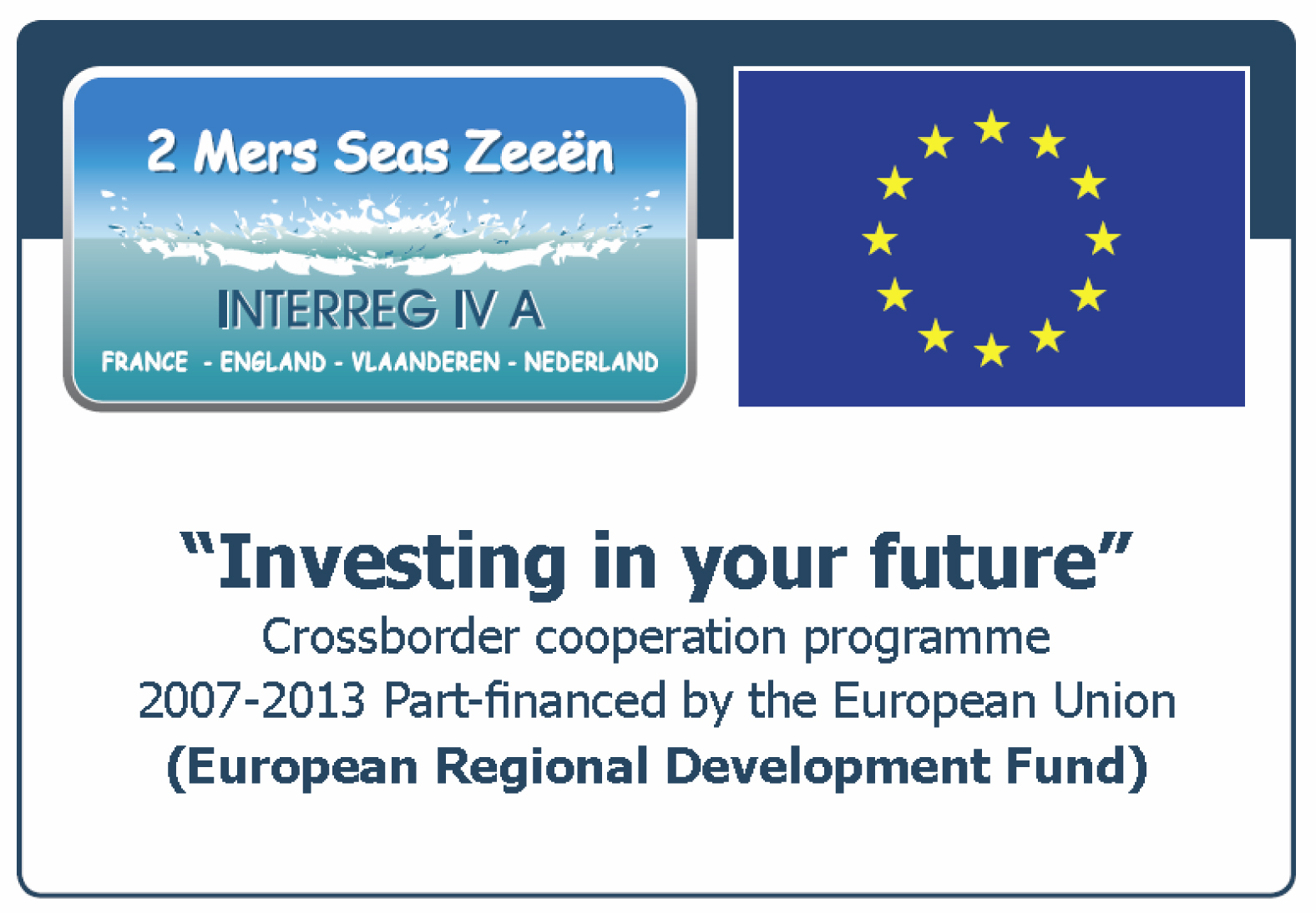Arch-Manche
Welcome to the Arch-Manche project; Archaeology, Art and Coastal Heritage – tools to support coastal management and climate change planning across the Channel Regional Sea.
The Arch-Manche project demonstrates how under-used coastal indicators including archaeological and palaeoenvironmental data along with historical and artistic resources can be applied as tools to inform long term patterns of coastal change. The results are summarised in 'Coastal Management: A guide to using archaeological, palaeoenvironmental, historical and artistic resources' and the project Technical Report available through the downloads page. The evidence collected and the results can also be viewed spatially through the Arch-Manche Geoportal.

Past coastal planning regimes have suffered from a poor understanding of the ongoing processes and natural trends that are shaping our coastal zone. Consequently, many coastal settlements are becoming vulnerable as the frequency of coastal erosion, flooding and coastal instability events increase, and the relationship between the land and sea evolves.
In prehistoric times the Channel did not exist but it was an area of low lying land used by early humans. Archaeological traces left in the landscape are common across the region, showing how people adapted to coastal change and a rising sea level. Later historical development includes comparable maritime coastal infrastructure and coastal industries that are represented in the archaeological and artistic record. The evidence can provide high resolution data on coastal change spanning thousands of years. This contribution to our understanding of coastal evolution enhances our appreciation of past change and provides tools to help predict future impacts on coastal communities.
The Arch-Manche project has sought to advance our understanding of the scale and rate of longterm coastal change by addressing sources including archaeology, palaeoenvironmental data, works of art, maps, photographs, as well as historical literature accounts. A unique aspect of this project is the combination of data sources to extract maximum amounts of information. By characterising areas of long-term erosion, coastlines under ongoing stress can be identified. Some areas subject to human intervention have been stabilised while others have not and the effect of hard defences in one area can have a knock-on impact elsewhere. Long-term assessments over broad areas are necessary to recognise cumulative consequences, while an understanding of long-term coastal responses can provide continuity to help predict future trends.
Sea level and coastal change will result in outcomes that are beyond our control. This needs to be recognised by people living along the coast. The records interrogated as part of the project have demonstrated change and shown how people have had to adapt in the past. This is reflected clearly in history and art. This study is important for coastal and marine management as it can support the development of sustainable policies for adapting to future coastal climate change.
Funded by the European Regional Development Fund through the Interreg IVA 2 Seas Programme, the project was led by the Maritime Archaeology Trust (MAT) in the UK, working in partnership with the Centre National de la Recherce Scientifique (CNRS) in France, Ghent University in Belgium, and the research institute Deltares in the Netherlands. The specialist expertise of the partners has enabled a new integrated approach to using data sources from across the Channel-Southern North Sea region. The project has applied its methodology to case study areas which represent a range of different geomorphological situations and coastal frontages facing various coastal management issues.
Below is the Launch Video to welcome you to the project.
